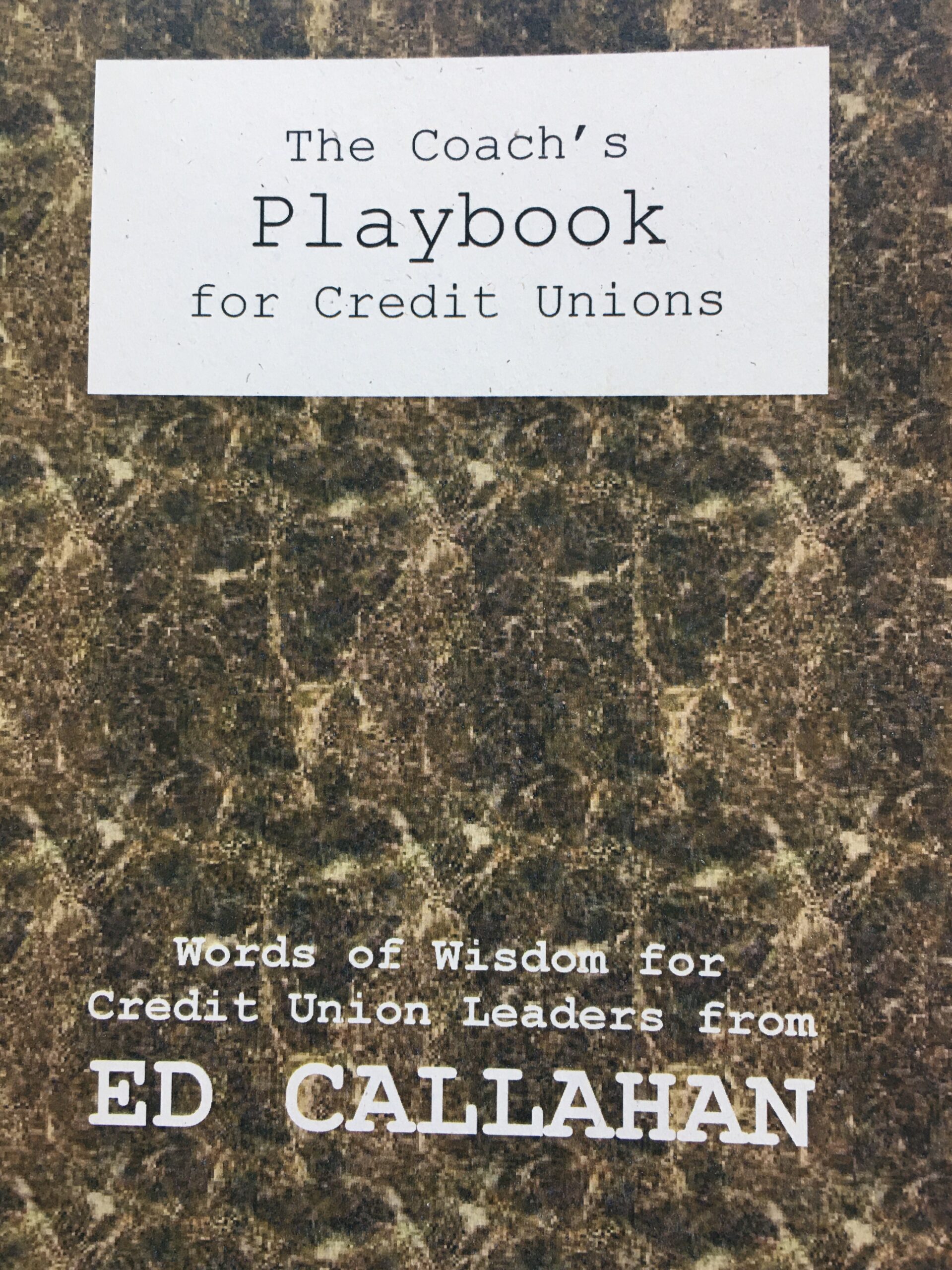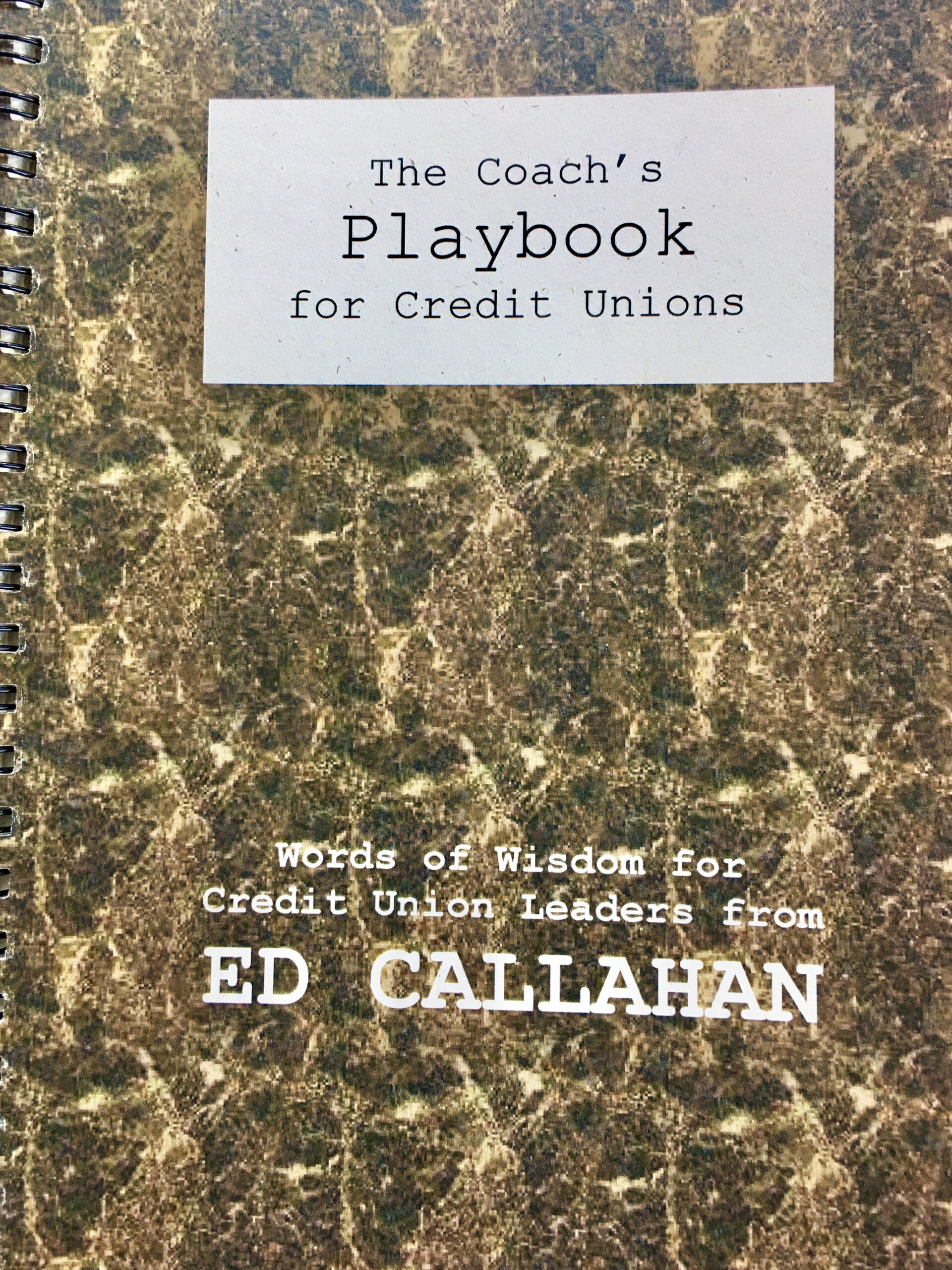On September 18, 2023 an organizing group Friends of the Public Bank of the East Bay (PBEB) announced the hiring of a its start-up CEO, Scott Waite. This is a brief announcement by Waite on YouTube.
Waite is a credit union veteran having served over 20 years as Patelco Credit Union’s CEO. More recently he had turned around Central State Credit Union which had been operating for four years under regulatory constraints.
PBEB has raised $1 million and is undertaking further fund raising. Four local jurisdictions – Alameda County and the cities of Richmond, Oakland and Berkeley – are supporting the effort contributing financially to the bank’s groundwork and business plan.
The intent is to seek a bank charter with FDIC insurance to open by 2024 or early 2025. The goal is to facilitate local governments’ reinvestments back into their communities. As a wholesale bank, PBEB will partner with community banks, credit unions and CDFIs to finance affordable housing development, small businesses, the renovation and electrification of existing buildings, and the ability of cities and counties to refinance their municipal debt locally.
More Efforts Underway
On September 29, the online reporting site, Next City, posted a summary of the history of public banking and the growing interest in major cities across the US.
A Victory For Public Banking
A public bank in California’s East Bay is gaining more momentum to become one of the first public banks to start operating since the state-owned Bank of North Dakota got established in 1919. It is the first public bank to hire a CEO in the last 100 years. Interest in establishing public banks has grown significantly in the last decade but many organizers continue the long push to get one created in their cities.
In an earlier article Next City described efforts of mayoral candidates in Chicago and Philadelphia to make public banks part of their electoral initiatives.
Organizers in New York also want to create a city-owned wholesale bank which was the subject on an article in Credit Union Times, Public Banks: An Important Idea Whose time is Overdue.
The author, Melissa Marquez, CEO of the $37.7 million CDFI Genesee Co-op FCU, pointed out the public banks are not competition but “would partner with us to increase our capacity to lend, grow and meet our communities’ needs. This partnership model is effective precisely because it leverages the proven expertise of local lenders and the scale of public deposits.”
She pointed to the century long record of the Bank of North Dakota, a public bank with over $10 billion in assets. From its 2022 Annual Report:
BND had “a record $5.4 billion in loans to the state’s farmers and ranchers, business owners and students in North Dakota and record profit of $191.2 million in 2022, up $47 million from 2021.”
Her article cited statistics from the Institute for Local Self Reliance that “the Bank of North Dakota has fostered the highest rate of community banks and credit unions per capita in the country.”
She added: “The New York Public Banking Act (S.1754/A.3352) would create an appropriate regulatory framework for enabling localities, such as Rochester or New York City, to apply for a special purpose charter for a municipal public bank. They will be charter-bound to reinvest in equitable economic development in low-income communities.“
The article also cites the history of the CDFI programs as a model for a new, locally focused financial institution system:
“30 years ago, the federal CDFI Fund was established during the Clinton Administration as a part of the U.S. Treasury. There were naysayers and name-callers then as well. But three decades later, thousands of successful CDFIs are operating in urban, rural and native communities across the country, and CDFIs enjoy broad public support across political and other divides.”
Why Public Banking Could Take Off
Scott Waite explained his decision to lead the PBEB as a “grass roots movement meeting the moment.” The bank will partner with other institutions to ensure public funds are reinvested locally. His three areas of initial support are affordable housing, renewable energy and small business lending.
PBEB cannot be a retail bank. As a wholesale firm they will rely on other community financial institutions and firms to initiate projects for joint financing.
I believe there are two factors that suggest public banks could succeed.
The first is that the increasing consolidation of financial institutions. This means that locally owned and directed firms are becoming less and less prominent in major American cities.
When I worked at the First National Bank of Chicago ( 1974-1977), the city had three major local banks: First, Continental and Harris Bank plus dozens of correspondent banks under Illinois unit banking charter limits. Today I know of no major locally owned bank that calls Chicago its headquarters.
Yet municipal and country governments manage hundreds of millions of dollars that are all deposited in for-profit institutions, whose priorities may not align with how local governments might see funds used.
Just as credit unions were formed by tapping into the steady flow of wages for military and public employees in earlier generations, public governments and authorities are now focused on the wholesale use of funds with local partners.
Secondly. government today is big business. Public contracts for roads, health care, schools involve overseeing hundreds of millions of dollars in dedicated public spending. Some of these same skills will be required in overseeing new institutions for local financing. In many cases the expertise is already there or readily available such as Scott Waite’s hire.
In one instance, credit unions have already chosen a public banking option. The Midwest Corporate Credit Union serving North Dakota voluntarily dissolved in 2011 after the multiple uncertainties driving the new corporate regulations. They did so because “North Dakota credit unions had access to the Bank of North Dakota that provided many of the services of a corporate credit union without having to maintain a capital share.”
Just as the FHLB system has become the preferred liquidity lender for the credit union system not the CLF, public banks may accelerate their role in local financing projects that are now too large for one institution to undertake.
Scott Waite believes credit unions should embrace these efforts as it will facilitate a greater local role for their members’ funds. And just as important, the underserved needs are growing in cities across the country, so that innovative initiatives will be critical.
We’ll know the concept has taken hold when there is a public banking support organization such as Inclusiv for CDFI’s.


